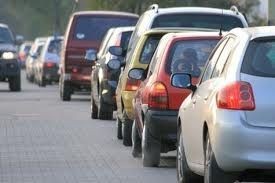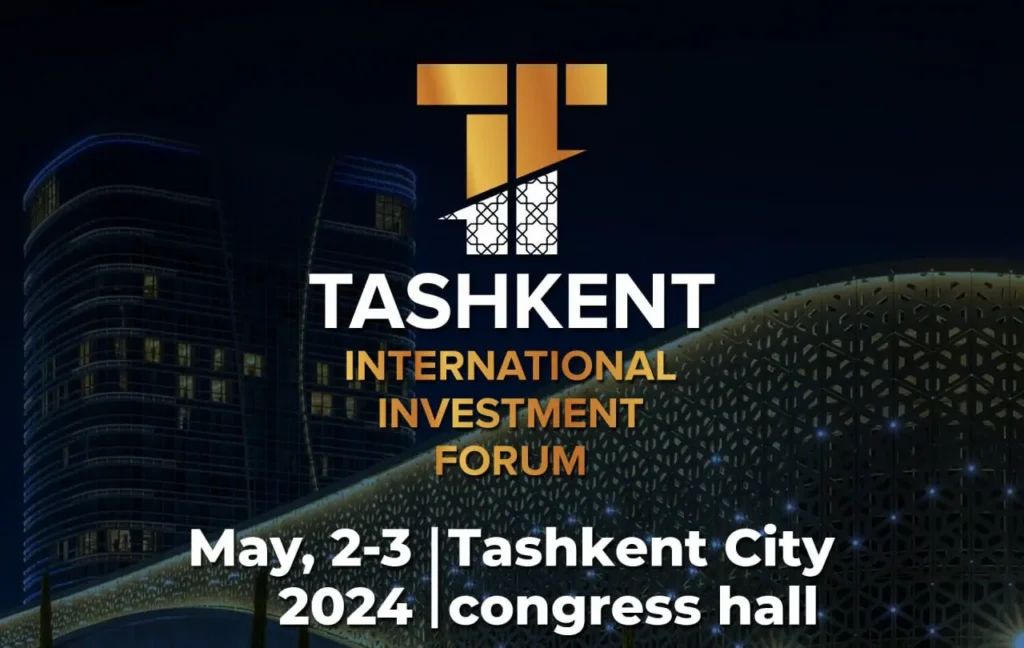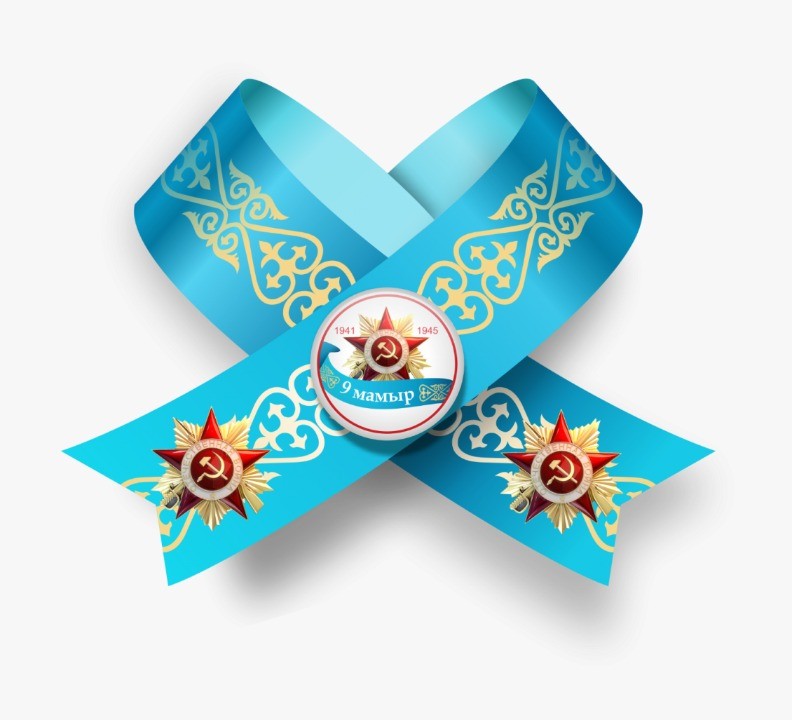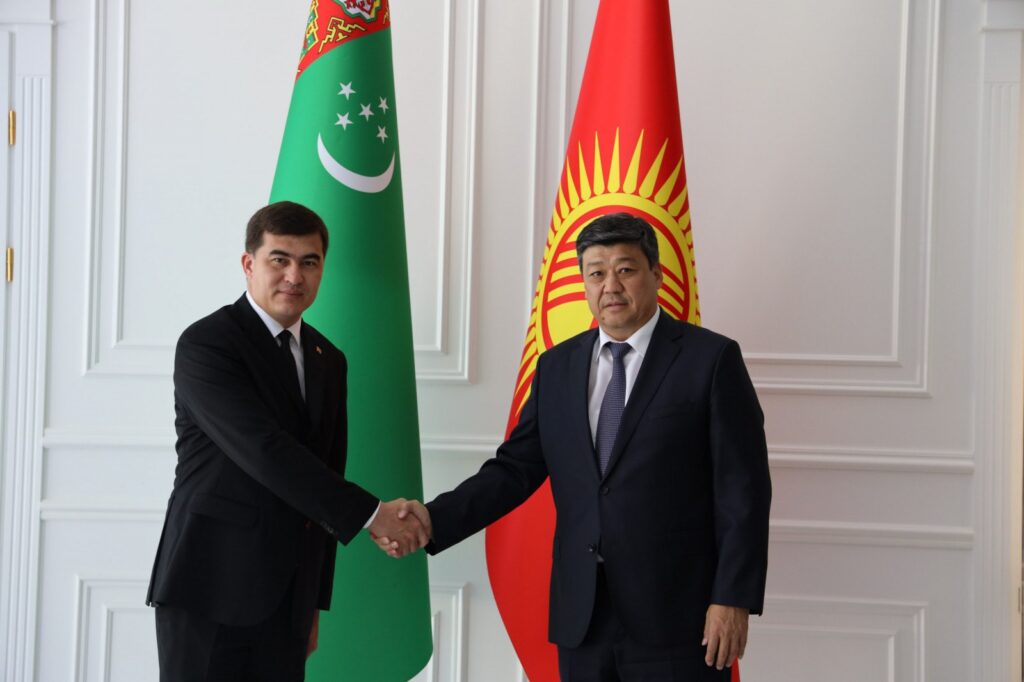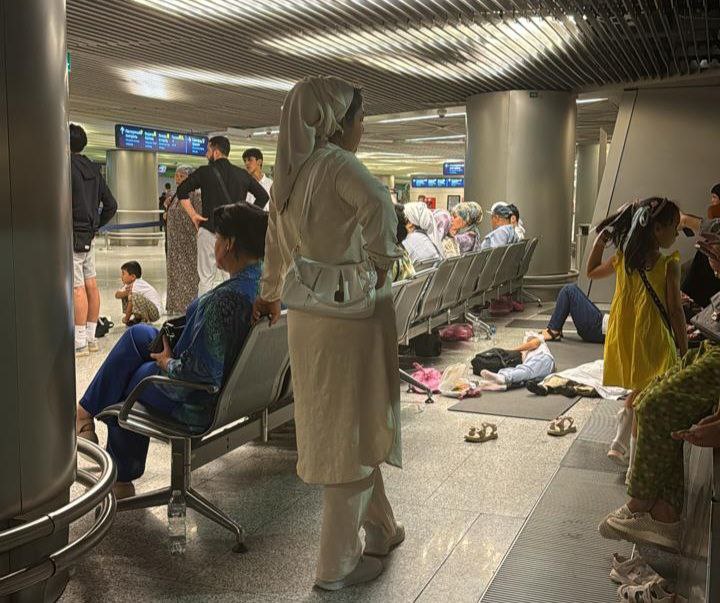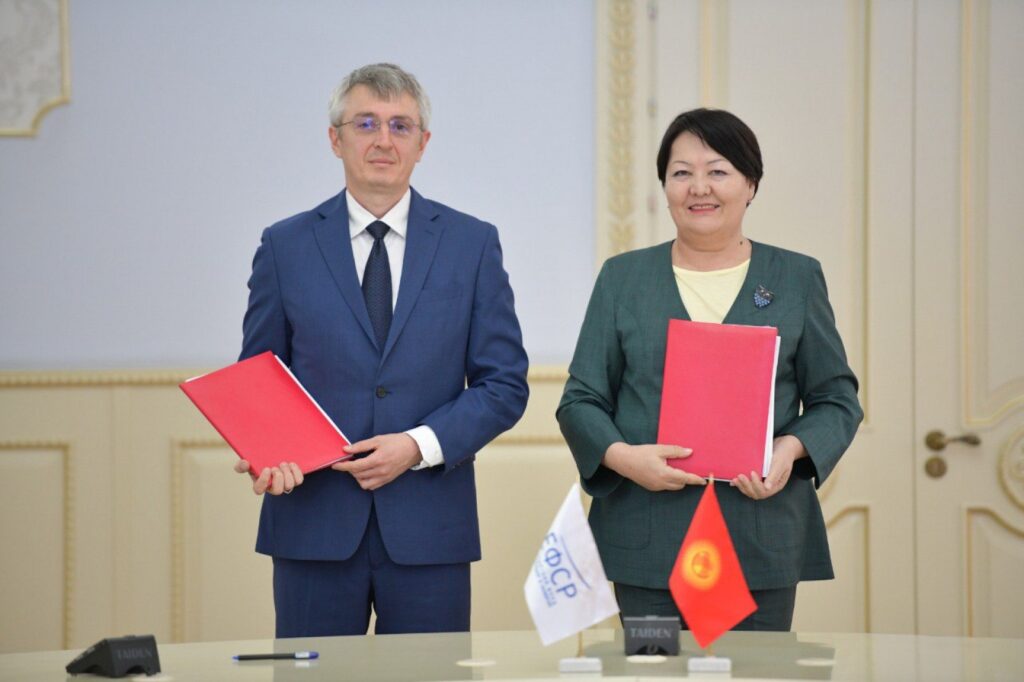BISHKEK (TCA) — The number of private vehicles is growing in Central Asia countries. For instance, the number of cars registered in Bishkek has increased from 240 thousand to 420 thousand over the past five years. This indicates a weak urban infrastructure development, experts say. Transport is also among the main sources of air pollution.
Creating a modern public transport system is the best solution for traffic congestion and environment improvement.
Bishkek
Recently, 60 new Chinese buses started running in Kyrgyzstan’s capital city Bishkek. Some of them run on two new routes, and the rest replenished the fleet on existing routes.
The new buses use natural gas, which will improve the environmental situation in the city. This type of fuel is not only environmentally friendly but also economical.
Unfortunately, there are no ramps for people with disabilities in the new buses, and the authorities have saved on air conditioners, but each bus has nine stoves, so it will be warm in winter there. There is also a video surveillance system with offline data storage.
Bishkek’s bus fleet was last updated 11 years ago. There are about 115 buses running in Bishkek daily. To fully cover its need in the public transport, the city needs 500 buses and 300-400 trolleybuses.
The Bishkek municipality has concluded an e-ticketing agreement with the BPC AG, Switzerland. The company will provide the necessary equipment for an automated toll collection system in public transport and install it.
The e-ticketing system is expected to fully operate in September. It is planned to cover about 30% of public transport by the end of this year. At the first stage, the e-ticketing public-private partnership project will cover buses and trolleybuses. It is planned to install more than 300 validators and issue from 300 to 600 thousand smart cards. At the second project stage, validators will be installed in fixed-route taxis (marshrutkas).
About 120 routes are currently served by two and a half thousand marshrutkas in the city.
The Government plans to gradually release the Bishkek center from marshrutkas due to the introduction of the Bus Rapid Transit (BRT) systems, the Mayor’s office said.
The metrobus lines will connect the city’s southern part with the Dordoi market. The metrobuses will move along a dedicated line without breaks, and passengers will enter and get off the buses through special terminals.
The Bishkek municipality plans to launch the new system this year.
Nur-Sultan
Some time ago, public transport of Kazakhstan’s capital city consisted of trolleybuses and buses but the trolleybus routes were closed because of unprofitability.
The bus fleet of Nur-Sultan (former Astana) has been upgraded by 70%, and in the near future the city authorities plan to purchase additional buses on gas fuel. An electric bus route has been launched in the pilot mode.
Nur-Sultan is introducing an effective logistics concept, the website of the capital akimat (City Administration) reports.
Over the past two years, route schemes have been modernized, new ones have been launched, and schedules have been optimized. The city residents were given the opportunity to determine their own traffic routes and bus stops by voting.
As a result of modernization, the number of people who prefer public transport has increased significantly. About 96% of the passengers are currently using the transport card system.
To optimize the city’s route network, the Light Rail Transport project (LRT) is being implemented in Nur-Sultan since 2017. It is planned to complete the construction of a 22.4 km line by the end of 2019. It will include 18 stations, ten underground and eight land crosswalks.
However, last month Nur-Sultan akim (Mayor) Bakhyt Sultanov told about the suspension of the LRT construction. Investments in this project were decreased due to the large projects including the reconstruction of the EXPO pavilions to house the Astana International Financial Center (AIFC). Currently, the Mayor’s Office together with the Government is considering ways to continue funding the project.
Earlier, it was planned to complete the LRT construction in June 2020, and an electric train would be launched in August 2020. The LRT construction contractor is a consortium of three Chinese companies, Sputnik.kz reported.
China named this LRT construction among the priority projects implemented under the Belt and Road Initiative (BRI).
Dushanbe
For the first time in Central Asia, modern contactless trolleybuses began to run in the Tajik capital, Dushanbe.
On May 9, a presentation of modern trolleybuses was held. According to the Mayor’s press service, four trolleybuses, each worth $250 thousand, were purchased in Belarus under the project “Development of public transport in Dushanbe” with financial support from the EBRD.
The contactless trolleybuses can be driven either with the help of power grid or offline. Due to the electricity stored in batteries, the trolleybuses can run 15 kilometers offline.
The municipality plans to purchase more such trolleybuses that have video surveillance systems, air conditioners and a system to facilitate entry and exit for passengers with disabilities.
According to the Mayor’s Office, Dushanbe has 87 trolleybuses running on 15 lines.
The city public transport continues to transfer to electronic travel cards. Since April 1, 2018, a single Citycard has been used that helps save time and money. The more trips a passenger buys, the less he pays.
According to the recent decision of the city administration, the minibus drivers cannot take standing passengers. Passenger transport companies concluded agreements to drop passengers off and put them into minibuses at public transport stops only, and also to take passengers only by the number of seats available.
Tashkent
Tashkent’s public transport is the largest and most developed transport network in Uzbekistan. The bus fleet was replenished with new vehicles of world brands while trolleybuses and trams went down in history.
The Tashkent metro is the only one in Central Asia. Currently, there are three metro lines. The oldest and longest (15 kilometers) Chilnazar line was opened in the late 1970s. The newest Yunusabad line was opened at the beginning of this century. Construction of a new metro line has begun.
The Tashkent metro is not the most popular transport because it does not cover the densely populated residential areas in the city suburbs which are served by buses, minibuses and taxis.
The introduction of GPS tracking system in the public transport allowed solving many problems in the city. For example, earlier bus drivers saved fuel by unauthorized reduction of routes, created dangerous situations on the roads, and carried out unplanned trips. Now traffic controllers monitor the bus routes and their speed.
Famous London red double-deckers are popular public transport among tourists in Tashkent. Passengers can get acquainted with the capital city, its history and architecture.
According to Sputnik.uz, the Road Transport Tariff Policy Concept will help implement measures to introduce an automated fare collection system, price optimization and differentiation of traffic.
The flexible automated fare collection system will be the main part of the new system, which will encourage the use of a single transport card for all types of public transport. The Concept authors expect that its introduction will increase the fare collection by 15%.
Ashgabat
Bus service is the only public transport in Turkmenistan capital city, Ashgabat.
According to the Ministry of Road Transport, more than 800 buses run on 63 lines, and the bus fleet is being renewed in Ashgabat. Citizens and guests of the city are served by buses of the leading world brands — Yutong, Hyundai and Toyota.
However, local media reports are not so optimistic. Ashgabat’s public transport has been overcrowded recently due to authorities’ tightened control over private taxis.
In April, Turkmen President Gurbanguly Berdymukhamedov ordered the relevant state agencies to eliminate the illegal transportation of passengers by individuals. According to the President, having no right for such activities, they violate the traffic rules, and this leads to traffic accidents and emergency situations.
All buses are painted white and light blue and light green in Ashgabat.
The use of dark cars has been banned since January 2018 in Turkmenistan. Black cars were evacuated directly from the streets and parking lots to the penalty area of the traffic police, after which car owners had to repaint their cars. Services for car repainting increased by half last year.
The authorities cannot explain the reasons for the ban, advising to buy white cars since white brings good luck.
A month ago, the Ashgabat authorities introduced a new ban for car owners, the Chronicles of Turkmenistan reported. Drivers are not allowed to install car rims of all colors except silver (locals call this color “snowball”). White car rims are not allowed, too.
Many Toyota, Lexus and Mercedes cars of the latest years of manufacture have dark colored discs fitted as standard. That is, even new cars from car dealers will not meet the new requirements.
